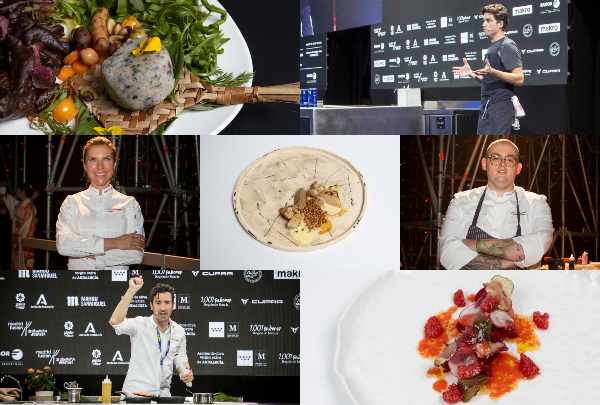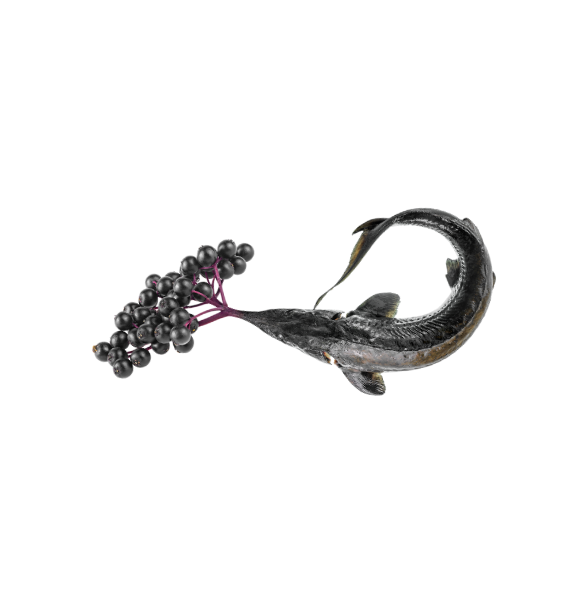News
Madrid Fusión The Wine Edition closes its 1st Edition with three exceptional presentations and Ferran Centelles has presented the IV Bullipedia Book
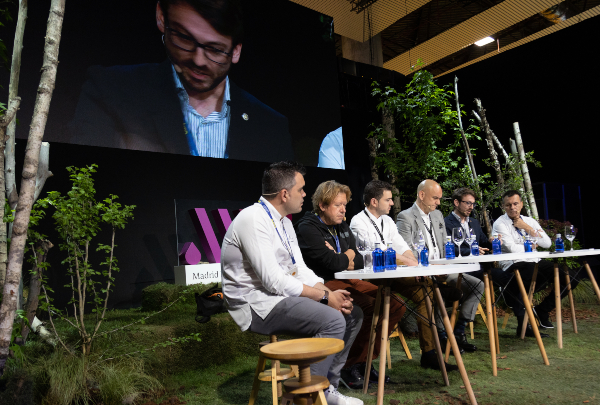
The final day of presentations at the Madrid Fusión - The Wine Edition began with a de-luxe line-up. César Román (Ex -Sommelier at Le Chalet de la Forêt**) and Pieter Verheyde (Ex Sommelier at Hof Van Cleve*** and owner and Sommelier at the Terminus restaurant, one of the benchmarks in Europe for lovers of the great wines of the world) shared a tour around the great wine menus of the world.
A round table that did not just go through the very best liquid proposals on the planet to understand the keys to their success, but also included the current view point of the Old World as against the perception of consumers from the New World, and discovered historical regions as well as emerging ones, with the American taste provided by Pieter Verheyde’s experience and the Asian one from César Román’s perspective
In this dialogue, Verheyde went through his professional career and life, which has been linked to wine since he was young. He has worked in various restaurants with 3 Michelin stars, both in the USA and in Benelux, has collaborated in different publications and is the author of the book about Champagne ‘A Sparkling Discovery’. “Wine for me is not something technical, it’s something emotional. If you want to be a sommelier you have to know how to taste wines, but you also have to be able to communicate them”, he stressed.
The presentation dealt with some of the iconic wines in Spain and the world, cultural transmission, trends in purchasing and consumption, through a comprehensive series of anecdotes about journeys and bottles shared by both sommeliers.
After the first intervention in the morning the presentation “Armonías Molecular harmonies” was given by François Chartier (Créateur d’Harmonies – Chartier LAB Barcelona) took place, together with Ricardo Pérez Palacios (Descendientes de J. Palacios Wineries).
Álvaro and Ricardo Palacios have given the team from Chartier World LAB the opportunity to develop an ‘aromatic map’ so that chefs and sommeliers from all over the world can create new recipes and pairings inspired by the aromatic profiles of wines from three familiar appellation of origin wineries (Bierzo, Rioja and Priorat).
Under the umbrella of Madrid Fusión The Wine Edition the results of these studies were made known as a world-wide first. “We have performed a molecular analysis with three wines from Descendientes de J. Palacios Wineries: Pétalos, La Montesa and Les Terrasses. We have analysed them to find the dominant aroma molecule in each one of them and to find the best pairing with food”.
So, the studies carried out by Chartier World LAB have revealed that Pétalos de El Bierzo, prepared almost completely with Mencía, shares molecules with ingredients like blueberries, raspberries, cinnamon, but also with salty eels, Nori seaweed, green asparagus and roasted peppers or roast duck.
For its part, La Montesa, a classic but renewed Crianza, produced in La Rioja from the Garnacha grape, can go perfectly with laurel, clove, or shitake mushrooms, due to its molecular composition.
Finally the wine from Priorat Les Terrasses, made with Garnacha and Cariñena and aged in wood and cement, “proves to be incredible with cured parmesan cheese, coffee, baked sesame, star aniseed, ginger, truffles or cherries”, Chartier added.
The “A sip and a bite: wine pairings” round table rounded off the morning session with some exceptional guests: David Robledo and Cristóbal Muñoz (Sommelier and Chef at Ambivium*), Agustí Peris and Marc Segarra (Sommelier and Chef at Refectorio* Abadía Retuerta), and Rubé Pol and Oriol Castro (Sommelier and Chef at Disfrutar**). Moderated by the journalist Juan Manuel Bellver, these three pairs of professionals who belong to three of the best restaurants in Spain explained to us how they work as a team in favour of excellence.
“Pairing is only one aspect in the relationship between the kitchen and the dining room. It’s all about finding out how the collaborative work between the chef and sommelier is reflected in the menu”, Bellver revealed.
“Everything has to be consistent, both the cooking and wines”, the chef from Refectorio said. “I base the choice of wine on the moment, on contact and on feeling, I pay a lot of attention to proximity in order to harmonise Marc (Segarra)’s creations”, the sommelier at the Michelin-starred restaurant of Abadía Retuerta added, in support of the concept of spontaneity.
“It’s essential for us to maintain the classic dishes that mark our identity and philosophy”, the head chef at Ambivium added. “We are in a rural area that allows us to have direct contact with producers”. His sommelier, David Robledo (ex Santceloni), wanted to stress that he was lucky to form part of a project in which everything revolves around wine. “Ambivium works in a different way, we start out from a wine and talk with Cristóbal (Muñoz) to create dishes based around it. Wine for us is a celebration, and the way that we work is something exciting that makes us different. In this profession we are craftsmen and we have to provide made-to-measure solutions”.
For the sommelier from Disfrutar, a chemist by training, when it comes to considering a pairing they think a lot about what the tasting menu is aiming for. “We believe in harmony between wine and food, but the customer first has to enjoy the meal, the wine just enhances and accompanies this”, Rubé Pol sustained. “I see the figure of the sommelier as being like a wine analyst, I don’t get involved in the romantic side of things at Disfrutar, everything is arranged logically and coherently, the menu follows a sequenced structure”.
As an example of gastronomic evolution and trends Oriol Castro has stressed the added value provided by the menu harmonised exclusively with alcohol-free drinks that can be enjoyed at the Barcelona restaurant. This is a product intended for people who cannot or don’t want to have wine so they can also enjoy the experience at Disfrutar.
“The complete enjoyment experience consists of food and wine, and in the end it’s all easier than it looks. We make life difficult for ourselves with technicalities and we get obsessed about harmony, when what we need to do is to give customers something good to eat and drink, politely and with a smile”, David Robledo concluded.
To finish things off, Ferran Centelles (Ex Sommelier at El Bulli) has presented the IV Bullipedia Book in the late morning on Wednesday. The fourth volume of Wine Sapiens is probably the most eagerly awaited work in the series, as it focuses exclusively on wine-waiting and the restaurant, a discipline with a limited bibliography.
“This book, divided into the 8 tasks that the sommelier performs at the restaurant, is innovative because it doesn’t just focus on knowledge of pairing but on the other vital functions that are needed to provide a decent service”, Centelles qualified. “It’s a book that also aims to shed light on the tools that the sommelier uses each day: the wine glasses, their composition and their use to make the aromas last; other tasting methods; etc. and, in short, why the sommelier’s general culture is so important in order to thrill the diner”.

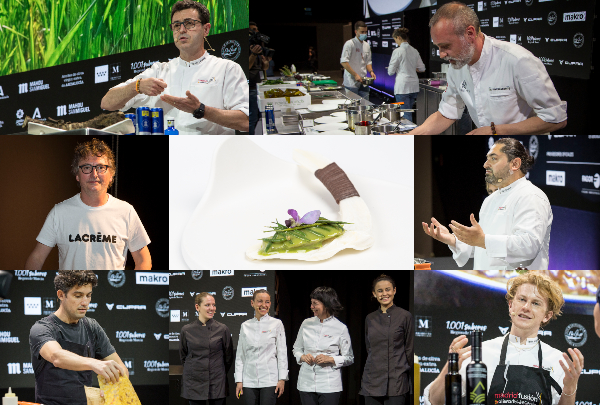
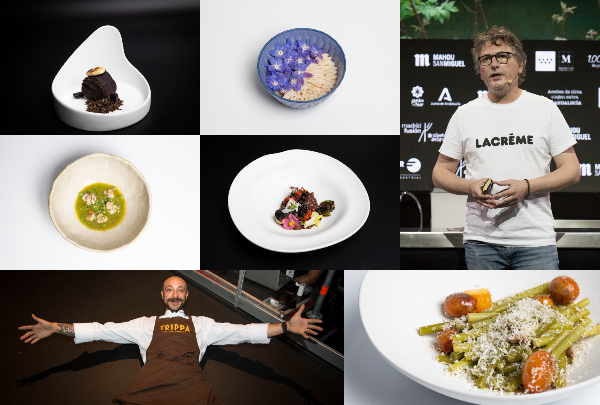
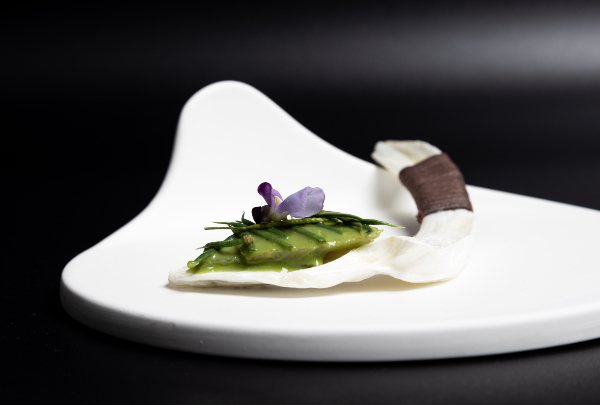
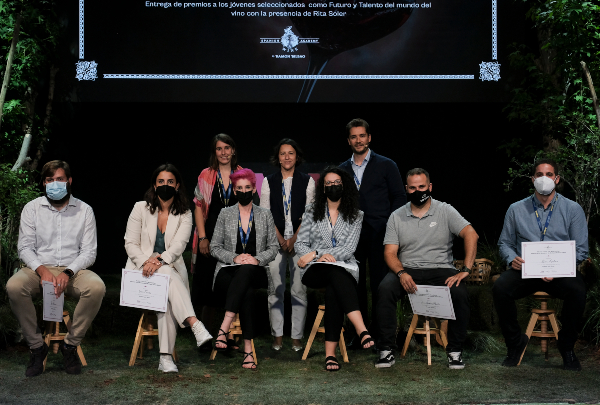
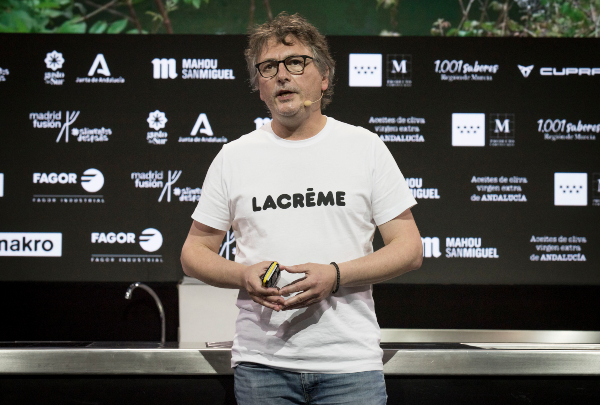
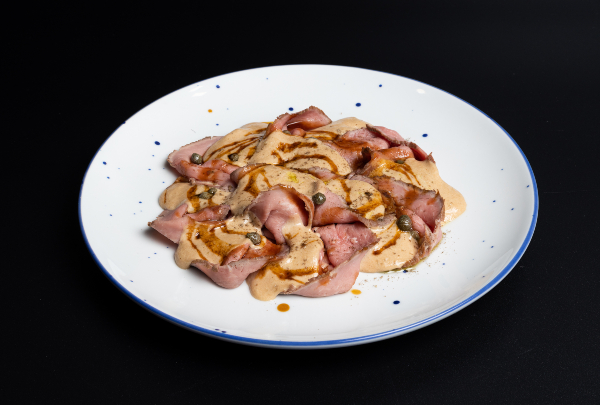
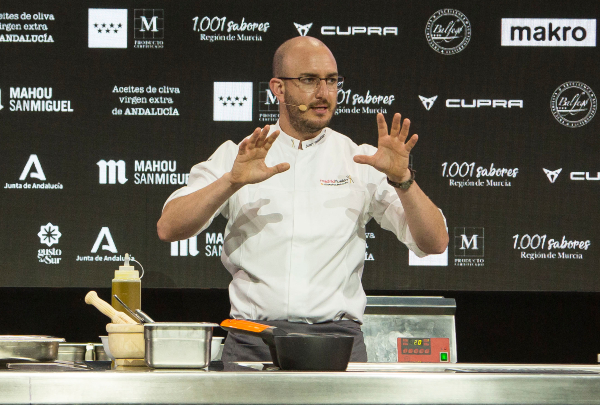
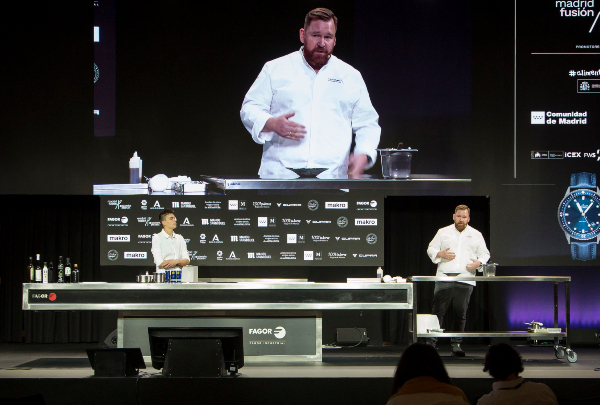
.jpg)
